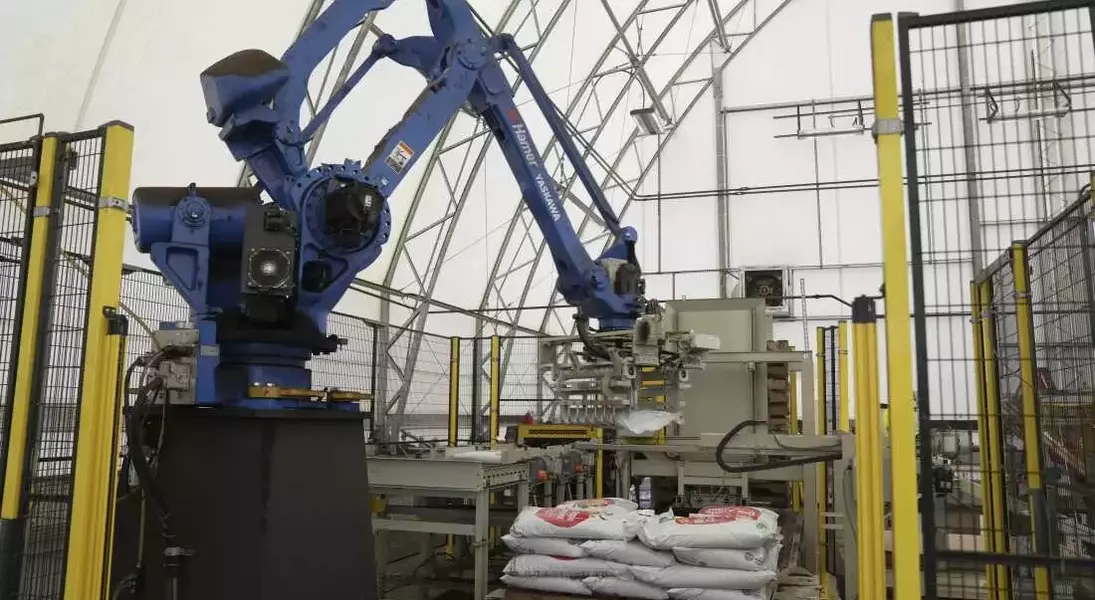

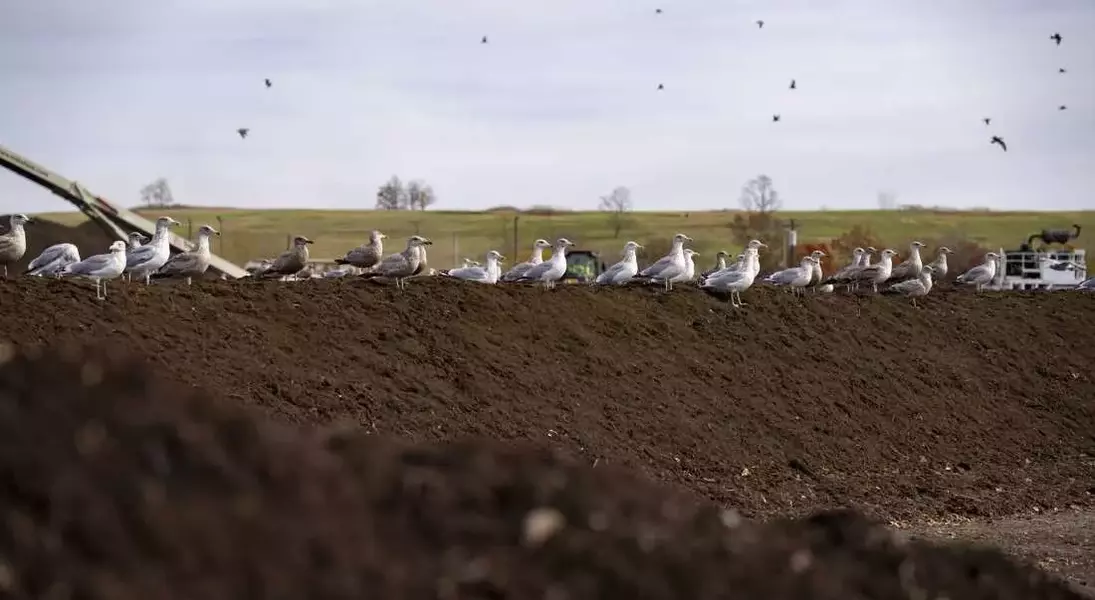

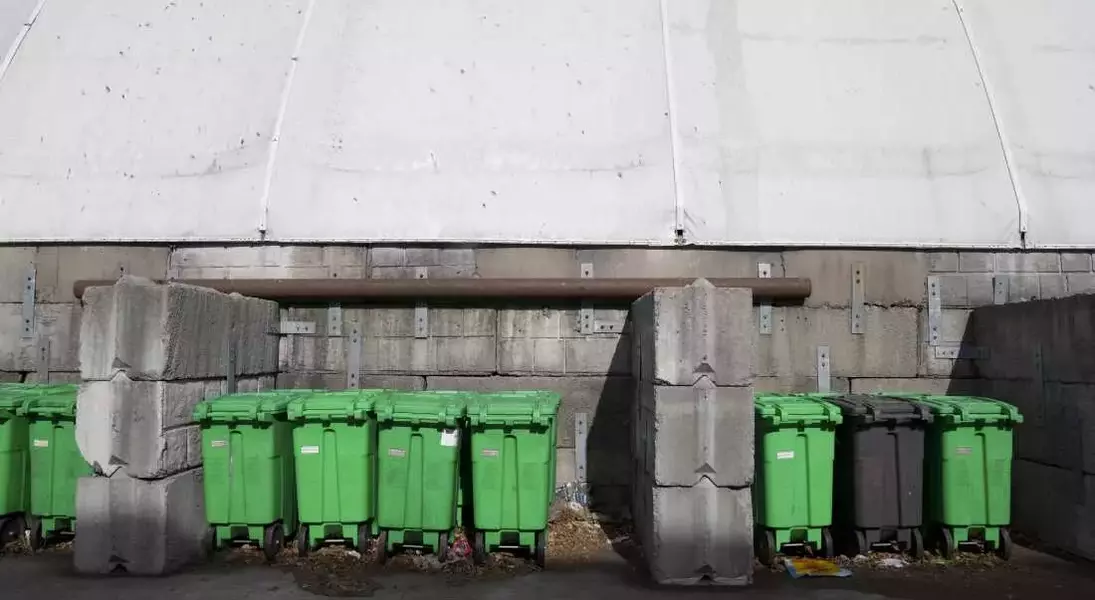
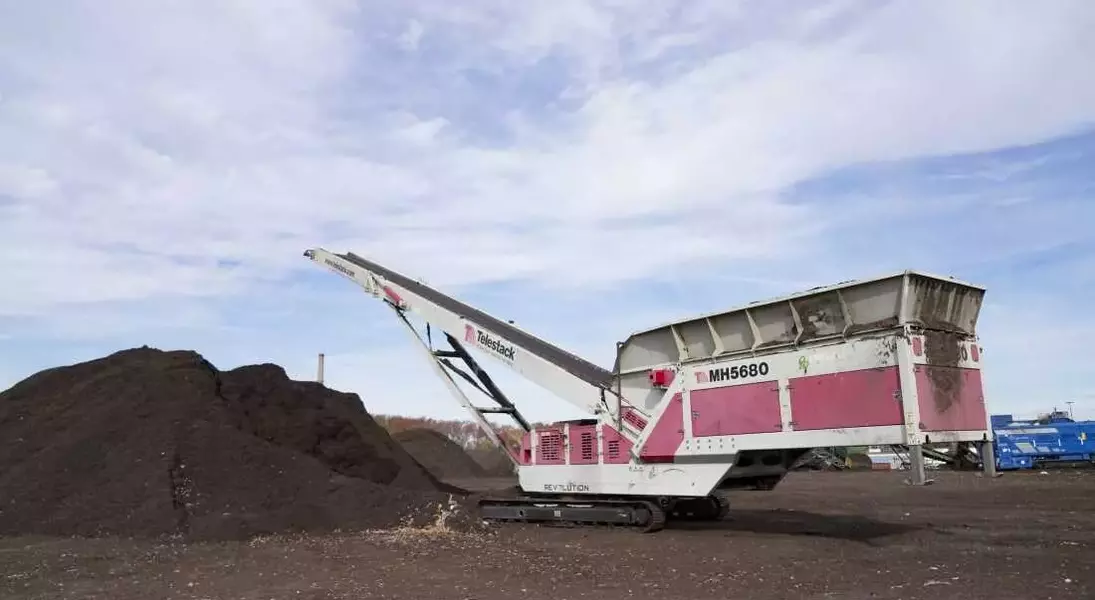
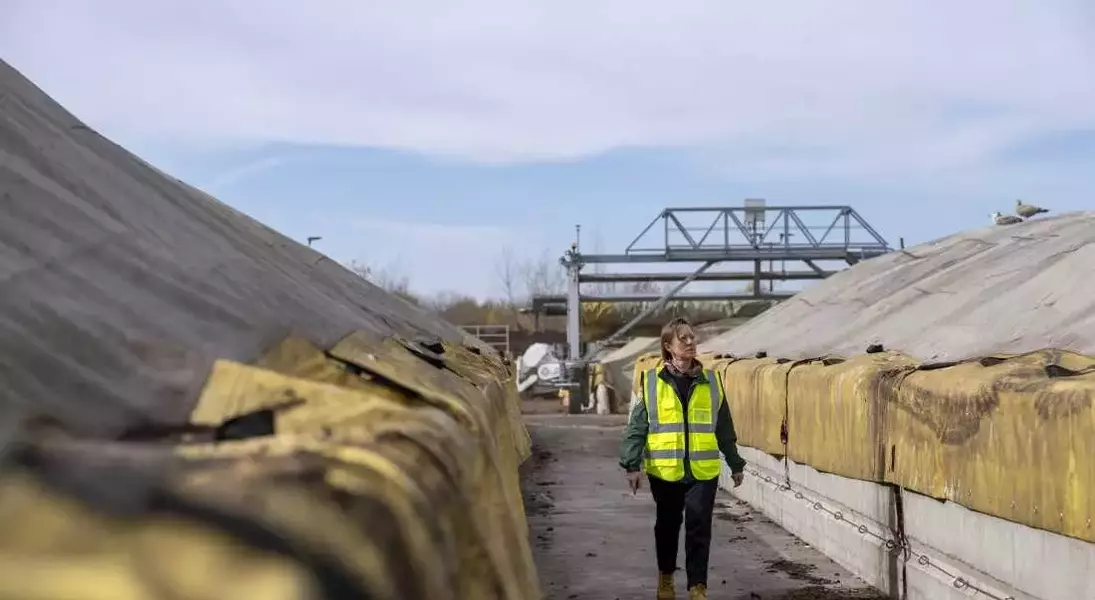
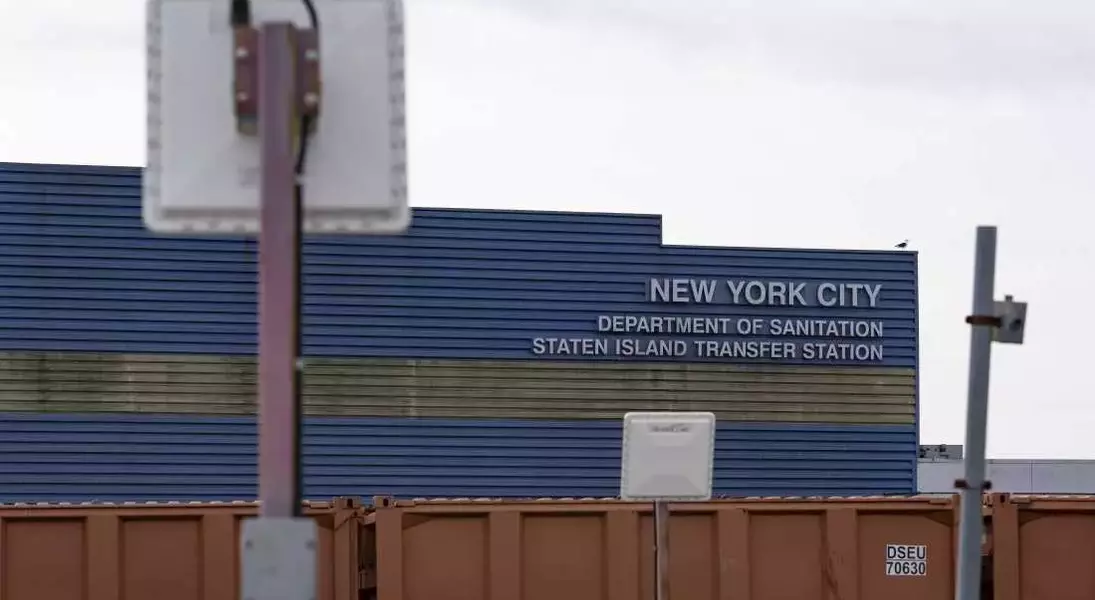


The United States faces a substantial challenge with food waste, where an estimated 30-40% of all food produced is discarded. This issue is particularly exacerbated during festive periods, such as Thanksgiving, which sees vast quantities of food, like 200 million pounds of turkey, being thrown away. Such discarded food primarily ends up in landfills, contributing significantly to environmental degradation by generating methane, a potent greenhouse gas. This problem is compounded by factors like consumer preferences for aesthetically perfect produce and agricultural losses due to severe weather events, creating a damaging cycle where food waste contributes to climate change, which in turn causes more food loss.
In response to this growing concern, cities like New York are pioneering solutions. The expansion of the Staten Island Compost Facility represents a major step towards addressing the city's organic waste problem. This facility transforms food scraps and yard waste into nutrient-rich compost, promoting a circular economy and offering a sustainable alternative to traditional waste disposal. While the program aims to divert a large portion of waste from landfills, it encounters hurdles such as the need for extensive infrastructure and encouraging widespread public participation. However, even modest increases in proper waste management practices can yield significant environmental benefits, reducing methane emissions and fostering a more sustainable approach to waste.
Addressing America's Pervasive Food Waste Dilemma
The sheer scale of food waste in the United States is alarming, with close to half of all food generated failing to reach consumption. This substantial amount of discarded food creates a ripple effect of environmental consequences, primarily by occupying vast spaces in landfills. During its decomposition in these sites, organic matter releases methane, a greenhouse gas with a warming potential far exceeding that of carbon dioxide. The situation intensifies during celebratory seasons, with experts highlighting Thanksgiving as a prime example of excessive food disposal. Moreover, consumer expectations for unblemished produce and agricultural losses due to increasingly erratic weather patterns further complicate efforts to reduce waste at both production and consumption levels, perpetuating a cycle of environmental harm.
The challenges associated with food waste extend beyond mere quantity; they involve complex interactions between economic practices, consumer habits, and environmental impacts. Penn State agricultural economist Ted Jaenicke emphasizes the visual analogy of purchasing three bags of groceries and discarding one, illustrating the inefficiency of the current system. This extensive waste not only represents a loss of valuable resources but also a significant contributor to global greenhouse gas emissions. The EPA underscores the potency of methane, noting it is 28 times more effective at trapping heat than carbon dioxide. Consequently, if food waste were classified as a nation, it would rank as the third-largest emitter of greenhouse gases globally, highlighting the urgent need for comprehensive strategies to mitigate its impact. Efforts to educate consumers about the broader implications of food waste and to encourage more sustainable consumption patterns are critical to breaking this detrimental cycle and fostering a more resource-efficient society.
New York City's Innovative Composting Solution and its Implementation Hurdles
New York City is at the forefront of tackling the pervasive issue of food waste through its ambitious composting initiative, centered around the expanded Staten Island Compost Facility. This facility serves as a vital component in the city's strategy to divert organic waste from overflowing landfills, transforming it into a valuable resource: plant fertilizer. The process of composting, which harnesses microorganisms to break down food scraps and yard waste, embodies the principles of a circular economy by repurposing waste locally. Jennifer McDonnell, NYC Deputy Commissioner of Solid Waste Management, champions composting as an effective method for closing the loop on organic materials, emphasizing its role in creating a sustainable urban environment. The facility's location on a former landfill underscores a symbolic and practical shift towards more sustainable waste management practices, demonstrating how past environmental burdens can be transformed into future benefits.
Despite the promising potential of municipal composting, the implementation of such large-scale programs presents notable challenges. A primary obstacle is the substantial investment required for infrastructure—identifying, developing, and managing the facilities capable of processing vast amounts of organic waste are costly endeavors. Furthermore, achieving widespread public participation and ensuring consistent adherence to composting guidelines remain significant hurdles. New York City's recent mandate for residents to separate organic waste, though groundbreaking, faces an uphill battle to reach high compliance rates, with officials acknowledging that it could take a decade to achieve mature participation levels. Educational initiatives, such as the city's 'Trash Academy,' are crucial for informing residents about proper disposal methods and the broader environmental benefits of composting. Overcoming these challenges through continuous education, improved infrastructure, and persistent community engagement is essential for realizing the full potential of composting to significantly reduce landfill waste and its associated environmental footprint, making a substantial difference in the city's overall waste management strategy.
